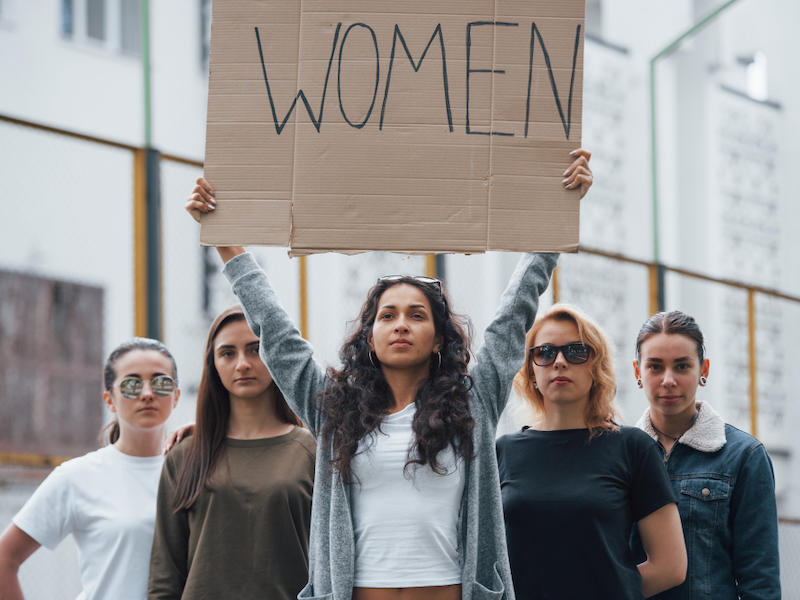The gender pay gap widens significantly after women have children, but this can be reduced if parental duties are shared more evenly. Norwegian men are succeeding as first movers in this area, where few other countries have ventured.
Since 2018, the Norwegian father’s quota has earmarked 15 weeks of paternity leave. It operates on a “use it or lose it” principle, so it cannot be transferred to a spouse. But it has proven very successful, with around 90 per cent of fathers in the country making use of it. In doing so, they are contributing to gender equality, developing strong bonds with their children, and growing in confidence and competence as parents.
This has caught the attention of the European Union (EU) and given multinational companies food for thought. From April 2022, all EU member states were required to offer 10 days of paternity leave. This is why Norwegian paternity leave is seen as an “export” from Norway to the rest of Europe.
Companies like Aviva (insurance) and Diageo (alcoholic beverages), both headquartered in the UK, offer all their employees 26 weeks of leave on full pay following childbirth. Alongside Norway-based Equinor (petroleum refining) and DNB (financial services), they are pioneers in introducing paternity leave policies for employees working around the world.
As a PhD scholar in the Department for Professional and Intercultural Communication at NHH Norwegian School of Economics, I have studied how each of these four organisations has approached implementing these policies and communicating them to workers.
There is a gender equality aspect to introducing parental leave, linked to women not being discriminated against for taking time off following childbirth. But it’s also linked to social sustainability, thinking about how we want to raise future generations and talent management.
In the context of McKinsey’s “War for Talent”, which describes companies competing for a limited number of qualified employees, successfully introducing and communicating paternity leave policies can help to attract and retain highly-skilled individuals. The companies I am researching all have between 10,000-30,000 employees and want to present themselves as attractive employers in the recruitment market.
All four have overseen a successful implementation, with a high percentage of male employees who have taken paternity leave. This has created new company cultures where fathers feel comfortable taking time off to be with their young families.
“Paternity leave has now become the norm. It’s now become kind of expected and fairly easy to talk about. Like, oh yeah, he’s off for six months. There are no panic stations, there’s no issue with that happening at all,” one UK-based father told me.
I have found there are three key factors which contributed to Avia, Diageo, Equinor, and DNB successfully encouraging new fathers to take the leave on offer. Firstly, male employees see the policy as a positive change. Secondly, the leave is fully-paid, independent of mothers’ leave and consists of a fixed period of time (between 16 and 30 weeks). Thirdly, the policy is actively implemented and supported by the whole work culture, including line managers.
While it’s evident that men are very proud to work for companies that offer paternity leave and encourage fathers to spend more time with their children, there are notable differences between how British and Norwegian organisations promote their policies.
UK-based companies focus much more explicitly on portraying the policy as an example of radical change, and on the importance of changing gender roles. There might be a few reasons for this. I go in-depth into these reasons in my research paper, Standardising Fatherhood through Discourse: A Linguistic Approach to Studying the Communication of a New Global Company Policy in Multinational Corporations.
For instance, a cultural explanation might be that paternity leave mirrors current Norwegian cultural norms, such as involved fatherhood. Paid leave is also consistent with the Norwegian social democratic welfare model and its high level of financial support.
In contrast, these policies represent a much more radical change in British culture, where fathers are still more likely to be seen as breadwinners and operate as a market-oriented economy, making parents responsible for funding most of the parental leave themselves.
About the author
 Agnes Bamford is a PhD Research Scholar at the Department of Professional and Intercultural Communication at the Norwegian School of Economics (NHH). Bamford also has 20 years of international business experience, including working in financial services in London for Bloomberg LP, being a board member for the Norwegian-British Chamber of Commerce for seven years, and running an intercultural business consultancy across Europe, the Middle East, and Africa.
Agnes Bamford is a PhD Research Scholar at the Department of Professional and Intercultural Communication at the Norwegian School of Economics (NHH). Bamford also has 20 years of international business experience, including working in financial services in London for Bloomberg LP, being a board member for the Norwegian-British Chamber of Commerce for seven years, and running an intercultural business consultancy across Europe, the Middle East, and Africa.









